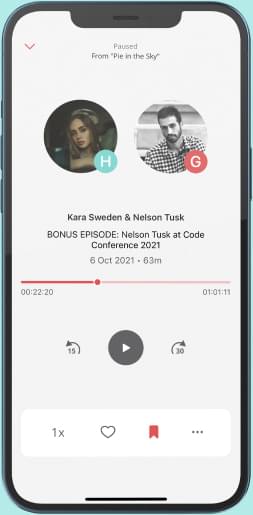
In this conversation, Carl Paoli and Jim Crowell discuss various topics related to the fitness industry and entrepreneurship. They cover the challenges faced by solo fitness professionals, the importance of finding a unique value proposition, and the metrics to consider for a business of one. They also explore the dynamics of the influencer space and the need to build promotional and owned channels for long-term success. The conversation explores the importance of building a marketing pipeline, the role of partnerships and competitive advantages in business growth, and the characteristics of a great owner-operator. It emphasizes the need for businesses to identify their unique value proposition and target market and the importance of reducing friction and understanding the business model. The conversation concludes by discussing making good investment decisions and the need to check biases. Takeaways Solo fitness professionals should optimize their business based on their current stage and focus on delivering value to their specific audience. Finding a unique value proposition is crucial for success. Narrowing down the target audience and delivering a specialized product or service can generate higher revenue. Metrics such as revenue per hour and product market fit are important for evaluating the performance of a business of one. Scaling a business of one requires careful consideration of the product or service offered and the target audience. Building both promotional and owned channels can lead to long-term success. Having a highly engaged and specific audience is more valuable than a large following in the influencer space. Building an owned channel and delivering a clear message can lead to monetization opportunities. Building a marketing pipeline is crucial for businesses to generate revenue and sell products. Partnerships can provide brand exposure and credibility, but aligning values and goals is important to ensure long-term success. Competitive advantages are unique qualities or assets that set a business apart from its competitors and are difficult to replicate. A great owner-operator can attract and inspire others, understand their business model, and know when to delegate tasks. Businesses should continuously evaluate their decisions, understand their target market, and check biases to make informed choices. Chapters 00:00 Introduction and Experience with the Platform 03:26 Navigating the Fitness Industry During the Pandemic 08:21 Advice for Solo Fitness Professionals 19:27 Finding Your Value Proposition 22:43 Key Metrics for a Business of One 26:18 Scaling a Business of One 30:08 Premium vs. Lower Price Point Products 39:31 The Influencer Game and Owned Channels 46:53 Capturing Opportunities in the Influencer Space 50:08 Building a Marketing Pipeline 54:14 Partnerships and Competitive Advantages 58:43 Partnerships and CrossFit 01:04:51 Identifying Competitive Advantages 01:11:56 Characteristics of a Great Owner-Operator 01:16:07 Narrowing Focus and Making Good Decisions
From "Freestyle Way"


Comments
Add comment Feedback